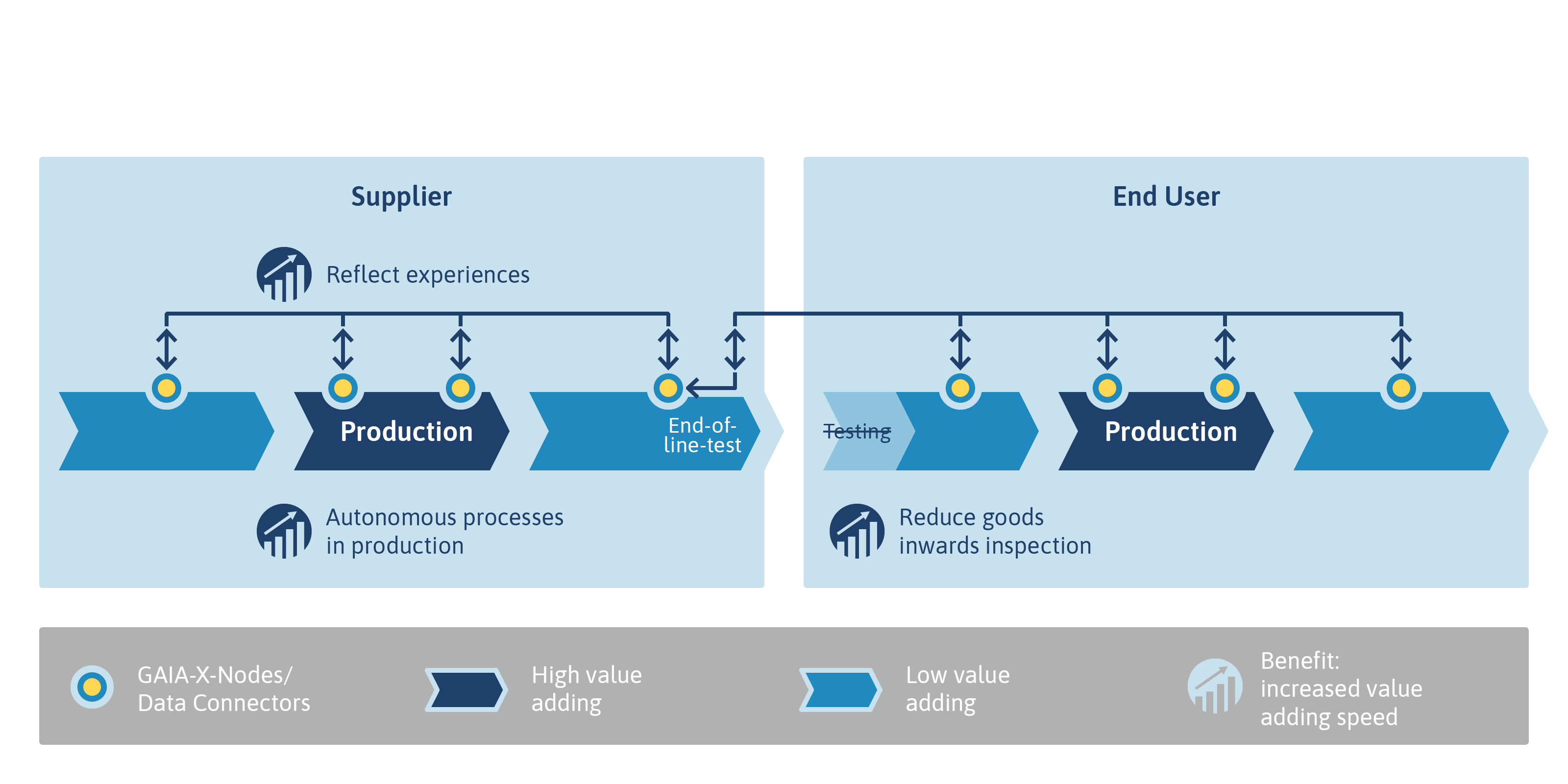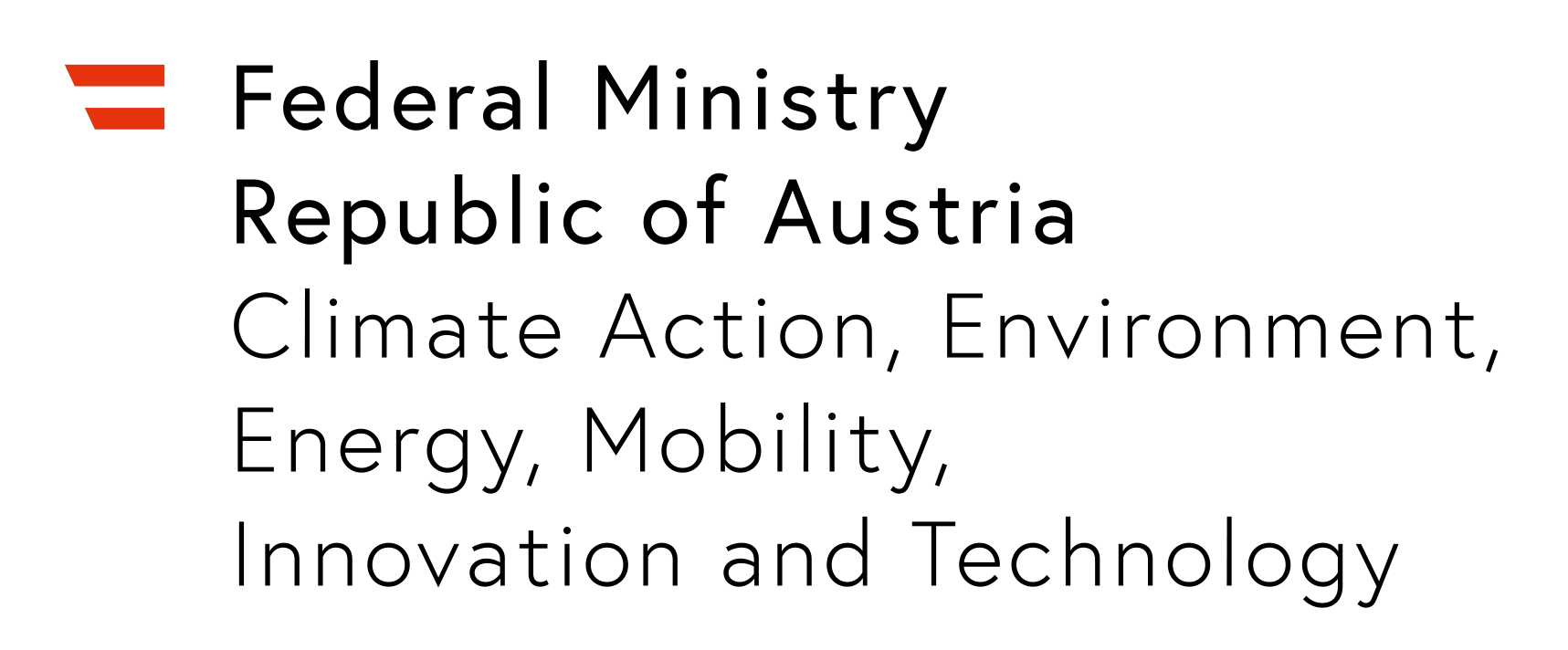EuProGigant:
Use cases
Examples of industrial applications (use cases) are crucial for the implementation of demonstrators in EuProGigant.
A demonstrator is a technical system that takes an industrial problem and shows with which methods and innovative technologies the problem can be solved, offering a significant benefit for the industrial sector. The use case refers to the analysis of a specific process or procedure in the production of goods or commodities, which represents a central scientific and industrial problem with optimisation potential. In the first phase, EuProGiant starts with the defining the requirements and developing the use cases with the aim to detail the functional, overarching relationships in the value and learning ecosystem. In order to be able to identify and develop the synergies between the use cases, thematic fields must be defined, out of which the specific industrial applications will develop in an agile form of collaboration. In line with milestone planning in the project timeline, this will be completed by 31 November 2021.
For the coordination and design of the use cases, EuProGigant has set up overarching thematic working groups.
Their aim is to develop best practice examples of use cases in the network of value creation for companies in the European manufacturing industry. A working group is assigned to each topic, as defined at the start of the project. The structure of the working groups are not static, but can change in the course of the project depending on the status of the work or important issues that arise. The working groups are therefore open to participation by all interested project partners. The number of use cases can also vary during the course of the project, which is why the thematic working groups focus on the functional, cross-use case aspects.
Digitalised production systems with smart software and hardware components lay the foundation for the use cases, which, in addition to data acquisition, also enable vertical data aggregation and even cloud technologies with the connection of a suitable data infrastructure. In addition to vertical integration, horizontal and cross-company networking of value chains also plays a major role. Horizontal networking is a success factor for cross-functional process optimisation of value chains in an ecosystem. The key element is the networking of cloud-based platforms. The importance of horizontal networking as a success factor for cross-functional process optimisation of the value chain was highlighted in a market study on the classification of corporate platforms in the Kopernikus project.

Figure 1: vertical integration – cross-use case project structure as the universal backbone of the project. Companies find their place along this vertical integration chain.
Characteristics of use cases in EuProGigant

Figure 2: horizontal integration
Applications within the framework of EuProGigant
The use cases within EuProGigant focus on:
- Machine connectivity in vertical integration and machine-related data processing in innovative control loops with rule engines.
- Resilience in the value creation ecosystem: Distributed edge generates joint benefits at different points in the production, production control and business units.
- Multi-cloud connectivity: collaborative data processing to gain a deep understanding of conditions and make maintenance predictions or better decisions, e.g. using the right material with a lower carbon footprint in production.
The seven working groups in EuProGigant are each assigned to one of either Industrial Research or Experimental Development, as part of the research and development of the project.
Industrial research
Experimental development

Figure 3:cross-company, cascading value creation circle





